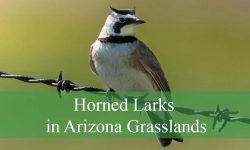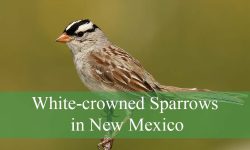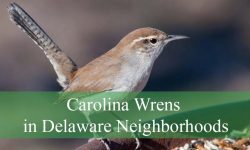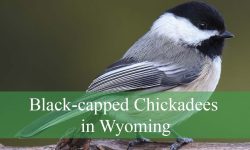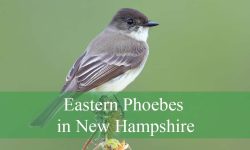Raccoons, scientifically known as Procyon lotor, are medium-sized mammals belonging to the family Procyonidae. They are native to North America and are widely recognized for their distinctive black “mask” across the eyes and bushy, ringed tails. South Carolina, with its diverse habitats ranging from coastal islands to inland forests, provides an ideal environment for raccoons to thrive. These adaptable mammals can live in wooded areas, swamps, urban parks, and even suburban neighborhoods.
Raccoons are primarily nocturnal, though they may occasionally be seen during the day, especially in areas where human activity provides easy access to food. Their omnivorous diet, intelligence, and ability to climb, swim, and dig allow them to exploit a wide variety of habitats and food sources. In South Carolina, understanding the different subspecies helps wildlife enthusiasts, researchers, and residents identify and appreciate the subtle variations in appearance, behavior, and habitat preference.
The purpose of this guide is to introduce the three raccoon subspecies present in South Carolina, providing details on their physical characteristics, behaviors, habitat preferences, and interesting facts to help readers identify them in the wild.
Overview of Raccoon Subspecies
Raccoons are divided into several subspecies based on regional distribution and subtle morphological differences. These subspecies often have distinct habitat preferences, slight differences in size and coloration, and occasionally behavioral variations. In South Carolina, three subspecies have been documented: Procyon lotor lotor, Procyon lotor elucus, and Procyon lotor marinus.
Each of these subspecies represents a population adapted to specific environmental conditions within the state. While all raccoons share the signature facial mask and ringed tail, careful observation of their size, coloration, and habitat can help distinguish one subspecies from another. The following sections provide a detailed look at each subspecies, helping enthusiasts and professionals alike recognize them.
Procyon lotor lotor – The Eastern Raccoon
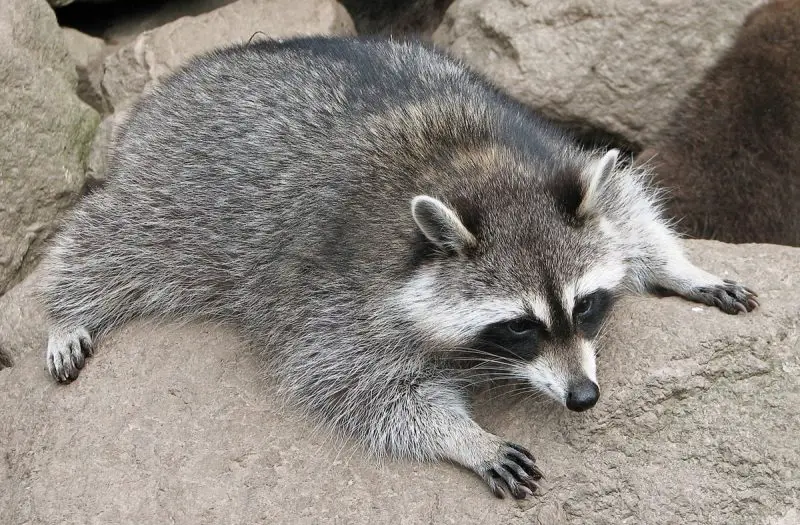
The Eastern raccoon, or Procyon lotor lotor, is the most common subspecies found in South Carolina and much of the eastern United States. This subspecies typically has a robust body, ranging from 15 to 28 inches in length, with a tail adding an additional 8 to 16 inches. Adults usually weigh between 10 and 30 pounds, although this can vary depending on food availability and habitat.
Eastern raccoons have grayish-brown fur with a slightly lighter underbelly, and their black facial mask is well-defined. The tail exhibits 4 to 10 distinct black rings, which can sometimes be uneven in width. This subspecies thrives in forested regions, wetlands, and riverine areas but is also highly adaptable to suburban environments where food sources such as garbage or pet food are abundant.
Behaviorally, Eastern raccoons are highly intelligent and curious, often using their forepaws to manipulate objects and search for food. They are primarily nocturnal, but in urban areas, they can be active during the day. In South Carolina, the best places to observe Eastern raccoons include wooded areas along rivers, floodplains, and suburban neighborhoods with wooded patches or water sources. A fun fact about this subspecies is its ability to remember solutions to tasks for up to three years, demonstrating remarkable problem-solving skills.
Procyon lotor elucus – The Florida Raccoon

Procyon lotor elucus, commonly known as the Florida raccoon, is a subspecies found primarily in the southern coastal regions of South Carolina and neighboring Florida. Slightly smaller than the Eastern raccoon, adults usually weigh between 8 and 20 pounds, with a body length of 14 to 24 inches and a tail length of 7 to 15 inches.
The Florida raccoon’s fur is generally darker than that of the Eastern raccoon, with a richer brown hue and denser underfur, providing better insulation in the humid coastal environment. Its facial mask is prominent but may blend more with the surrounding fur, giving a slightly less defined appearance than P. l. lotor. This subspecies is particularly associated with wetlands, marshes, and coastal forests, often near tidal rivers and estuaries.
Florida raccoons are also highly adaptable and are known to forage in both freshwater and brackish water environments, feeding on crustaceans, mollusks, fruits, and small vertebrates. In South Carolina, they are most commonly found in the southern coastal regions, including islands and estuarine habitats. The best time to observe them is during the evening or night when they are actively foraging, and they are especially adept at climbing trees to escape predators or find food.
Procyon lotor marinus – The Ten Thousand Islands Raccoon
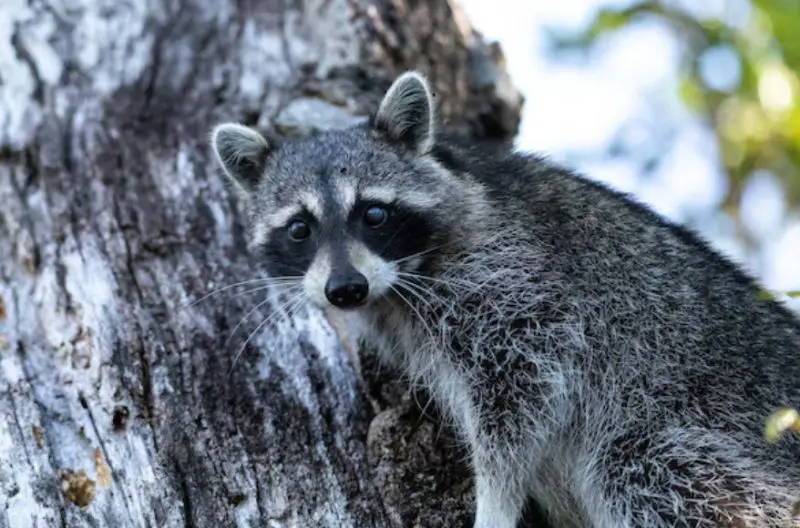
The Ten Thousand Islands raccoon, or Procyon lotor marinus, is a rarer subspecies that primarily inhabits coastal and island areas. Although its primary range is in southern Florida, there have been occasional sightings and reports in the southernmost coastal regions of South Carolina, likely due to seasonal migration or human-mediated dispersal.
This subspecies is generally smaller and more slender than the Eastern raccoon, with a body length of 13 to 22 inches and a tail length of 7 to 14 inches. Adults typically weigh 7 to 18 pounds. Its fur tends to have a darker, almost black sheen, with a less contrasted facial mask. The tail rings are narrower and more closely spaced, which can help differentiate it from other subspecies.
Procyon lotor marinus is highly specialized for coastal habitats, often foraging along shorelines for crabs, shellfish, and other marine invertebrates. It exhibits excellent swimming ability, which allows it to navigate tidal areas and shallow waters efficiently. Observing this subspecies in South Carolina is rare, but coastal mangroves, tidal marshes, and barrier islands provide the best opportunities. One notable behavior of this raccoon is its habit of washing food before eating, which is thought to be a method of removing sand or dirt.
Habitat and Distribution in South Carolina
South Carolina offers a variety of habitats suitable for raccoons, including forests, swamps, rivers, coastal islands, and urban areas. Eastern raccoons (P. l. lotor) dominate the inland forests and suburban areas. Florida raccoons (P. l. elucus) are concentrated in the southern coastal plains, marshes, and tidal regions, while Ten Thousand Islands raccoons (P. l. marinus) are very rarely encountered in extreme southern coastal areas.
Raccoons prefer habitats that provide both food and shelter. Forested wetlands, riverbanks, and areas with abundant fruiting trees or small prey are ideal. Urban-adapted raccoons can thrive in neighborhoods where garbage, compost, and pet food are easily accessible. Dens are typically located in hollow trees, abandoned burrows, or under decks and sheds, providing protection from predators and harsh weather.
Seasonally, raccoons may adjust their activity patterns. During colder months, they reduce activity and rely more heavily on stored fat reserves, while in warmer months, they increase foraging, particularly females raising kits. In South Carolina, the best times to observe raccoons are during spring and summer evenings when juveniles begin to explore outside the den and adults forage more actively.
Behavior and Diet
Raccoons are omnivorous opportunists with a diet that changes seasonally and according to habitat. They consume fruits, nuts, insects, small vertebrates, eggs, crustaceans, and occasionally human food waste. Coastal subspecies such as P. l. marinus rely more heavily on marine invertebrates, demonstrating their adaptability to specific ecological niches.
Behaviorally, raccoons are known for their dexterous forepaws, intelligence, and problem-solving skills. They exhibit complex social behaviors, especially mothers with kits, who teach foraging techniques and denning habits. Raccoons are mainly nocturnal but can be crepuscular in areas with minimal human disturbance.
All three subspecies share similar vocalizations, including purrs, growls, hisses, and a variety of screams, used to communicate threats, mating readiness, or distress. Mating typically occurs in late winter to early spring, and females give birth to litters of 2 to 5 kits after a gestation period of about 63 days.
Observation Tips and Safety
Observing raccoons in South Carolina requires patience and knowledge of their habitats and behaviors. The best times are after dusk when raccoons are actively foraging. Coastal areas, riverbanks, and wooded wetlands are prime locations for viewing all three subspecies.
When observing raccoons, maintaining a safe distance is essential. While raccoons may appear approachable, they are wild animals capable of biting or transmitting diseases such as rabies and raccoon roundworm (Baylisascaris procyonis). It is important never to feed or attempt to handle raccoons. Using binoculars, trail cameras, or spotting scopes can enhance the observation experience safely.
Conservation Status and Human Interaction
Raccoons are not considered endangered or threatened in South Carolina. They are highly adaptable, and their populations are stable or increasing due to the availability of food and shelter in both natural and human-modified landscapes. However, human-wildlife conflict can occur in urban areas, where raccoons may raid garbage, gardens, or attics.
Conservation efforts focus on public education about coexisting with raccoons safely, preventing disease transmission, and minimizing habitat destruction. Protecting wetlands, forests, and coastal areas ensures that raccoons have the natural resources they need to survive and maintain healthy populations.
Fun Facts About South Carolina Raccoons
Raccoons are remarkably intelligent; they can remember tasks and solutions for several years. Coastal raccoons, particularly P. l. marinus, are excellent swimmers and often forage in tidal areas. Mothers are dedicated caregivers, teaching their kits essential survival skills. Raccoons also exhibit cultural behaviors, such as washing food, which can vary between populations.
Despite their adaptability, raccoons play a crucial ecological role by controlling insect populations, dispersing seeds, and serving as prey for larger predators. Observing raccoons in South Carolina offers a unique glimpse into the adaptability and intelligence of these charismatic mammals.
Conclusion
South Carolina is home to a fascinating variety of raccoons, with three notable subspecies: the Eastern raccoon (Procyon lotor lotor), the Florida raccoon (Procyon lotor elucus), and the Ten Thousand Islands raccoon (Procyon lotor marinus). Each subspecies exhibits unique adaptations to its habitat, from inland forests to coastal marshes and islands. By understanding their physical characteristics, behaviors, and preferred habitats, wildlife enthusiasts can identify these raccoons in the wild and appreciate their ecological importance.
Whether exploring coastal islands, riverine forests, or suburban areas, South Carolina offers ample opportunities to observe these intelligent and adaptable mammals. Respectful observation and awareness of safety guidelines ensure a rewarding experience while contributing to the conservation of raccoons and their habitats.
FAQs About Raccoons in South Carolina
What are the main raccoon subspecies in South Carolina?
South Carolina is home to three subspecies of raccoons: Procyon lotor lotor (Eastern raccoon), Procyon lotor elucus (Florida raccoon), and Procyon lotor marinus (Ten Thousand Islands raccoon).
Where can I see raccoons in South Carolina?
Raccoons can be observed in forests, wetlands, riverbanks, coastal islands, and even suburban areas. Coastal and marshy regions are ideal for the Florida and Ten Thousand Islands raccoons.
Are raccoons dangerous to humans?
Raccoons are generally not aggressive but can bite or scratch if threatened. They may carry diseases such as rabies or raccoon roundworm, so never attempt to handle them.
What do raccoons eat in South Carolina?
Raccoons are omnivores. They feed on fruits, nuts, insects, eggs, small animals, crustaceans, and human food waste. Coastal subspecies often forage for shellfish and crabs.
When is the best time to observe raccoons?
Raccoons are mostly nocturnal. Evening and night hours, especially during spring and summer, are the best times to see them actively foraging.
How can I tell the raccoon subspecies apart?
Eastern raccoons are larger with grayish fur. Florida raccoons are darker with denser fur, often found in southern coastal areas. Ten Thousand Islands raccoons are smaller, darker, and adapted to tidal environments.

